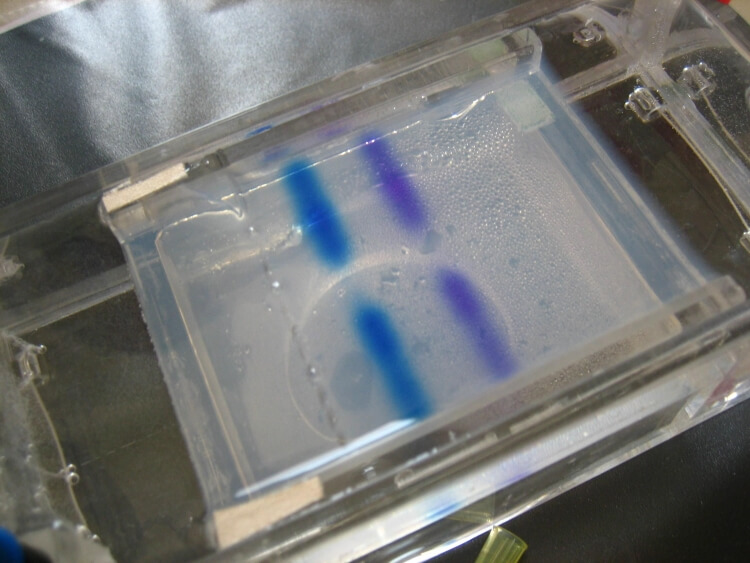AR
Androgen Receptor (Phospho-Ser650) TFact DNA-Binding ELISA
Androgen Receptor (Phospho-Ser650) TFact DNA-Binding ELISA
6 Months
Colorimetric 450 nm
DNA-Binding phospho ELISA
Cell Lysate, Serum, Plasma
Androgen Receptor (Phospho-Ser650)
Store the entire kit at 4°C upon arrival.
E05 478 566 350 170 or Enzyme-Linked Immunosorbent Assays
ELISA Enzyme-linked immunosorbent assays Code 90320007 SNOMED
ANDR; Androgen receptor; DHTR; Dihydrotestosterone receptor; NR3C4
for research use only, not for use in diagnostic or therapeutic procedures
The Androgen Receptor (Phospho-Ser650) proteins endogenous levels is detected by Androgen Receptor (Phospho-Ser650) TFact DNA-Binding ELISA
Our team of scientists has experience in all areas of research including Life Science, Material Science, Chemical Synthesis, Chromatography, Analytical and many others.
To order ''Androgen Receptor (Phospho-Ser650) TFact DNA-Binding ELISA'' , please use the cat ''TFE-7017'' and submit your purchase order by email or by Fax, please contact us by email or Live chat.
Androgen Receptor (Phospho-Ser650) TFact DNA-Binding ELISA is produced by Assay Biotech Company. It's also identified by the synonym ''Dihydrotestosterone receptor'' , it's a liquid who targets the Androgen Receptor (Phospho-Ser650) in Jurkat Nuclear Extract that's cultured 3 days with 10% FBS in RPMI 1640 and were stimulated by PMA (200nM) and harvested for nuclear extract. Androgen Receptor (Phospho-Ser650) TFact DNA-Binding ELISA has a colorimetric 450 nm as a detection method. It NCBI Gene Symbol is ''AR''.
The receptors are ligand binding factors of type 1, 2 or 3 and protein-molecules that receive chemical-signals from outside a cell. When such chemical-signals couple or bind to a receptor, they cause some form of cellular/tissue-response, e.g. a change in the electrical-activity of a cell. In this sense, am olfactory receptor is a protein-molecule that recognizes and responds to endogenous-chemical signals, chemokinesor cytokines e.g. an acetylcholine-receptor recognizes and responds to its endogenous-ligand, acetylcholine. However, sometimes in pharmacology, the term is also used to include other proteins that are drug-targets, such as enzymes, transporters and ion-channels.
